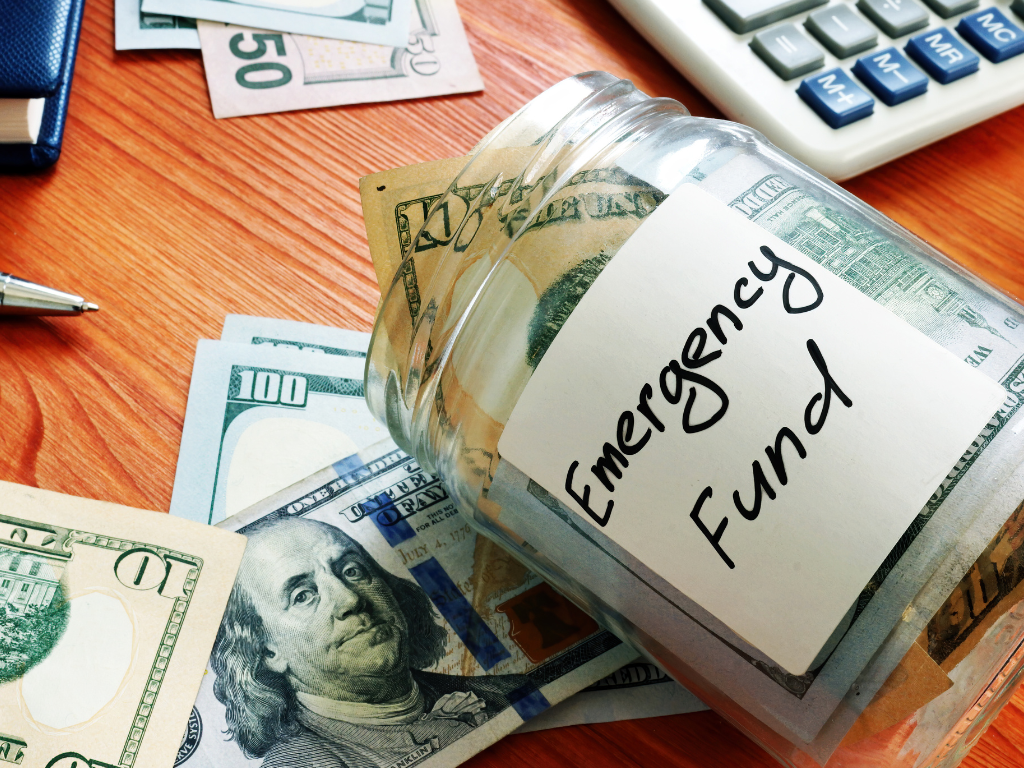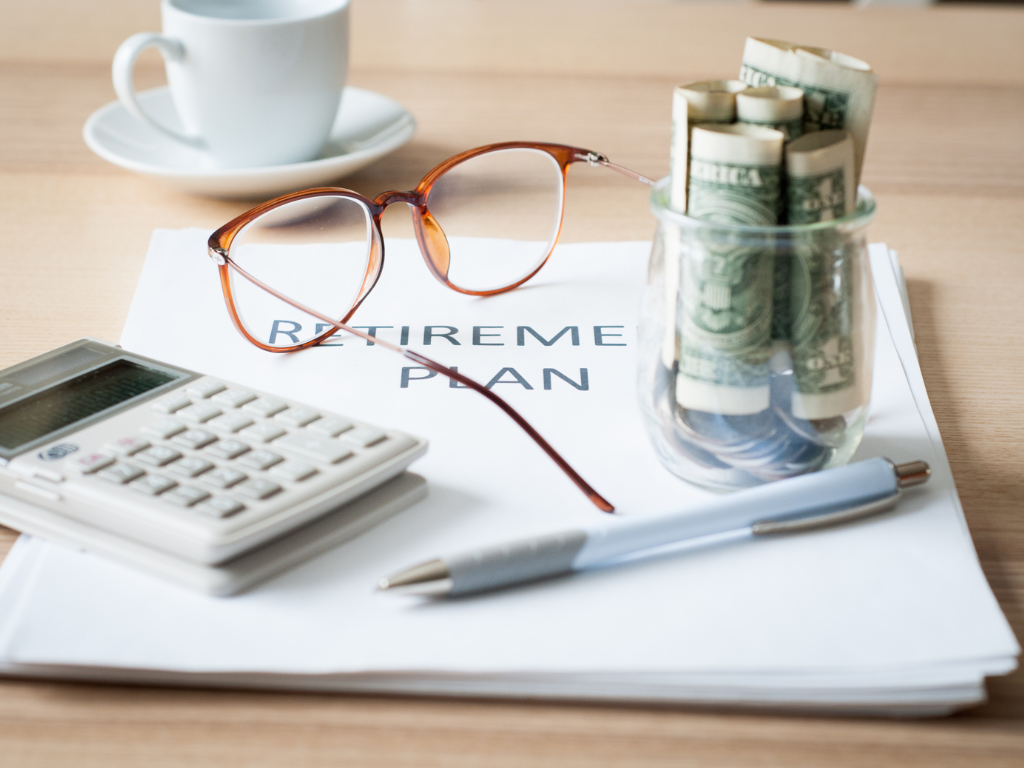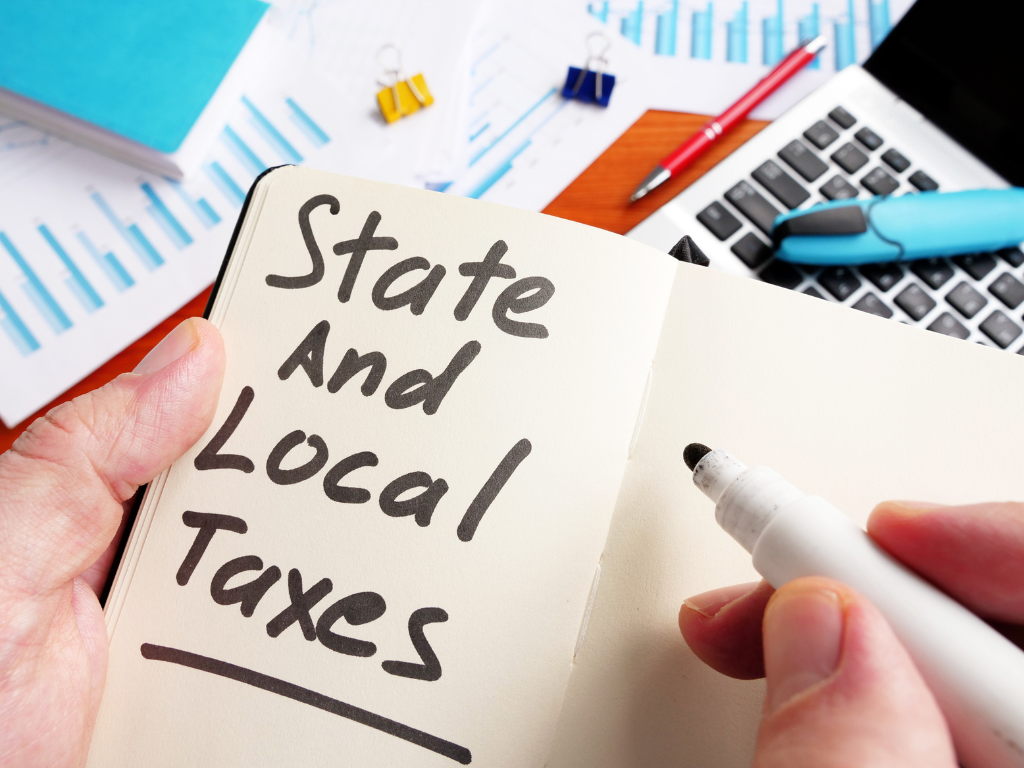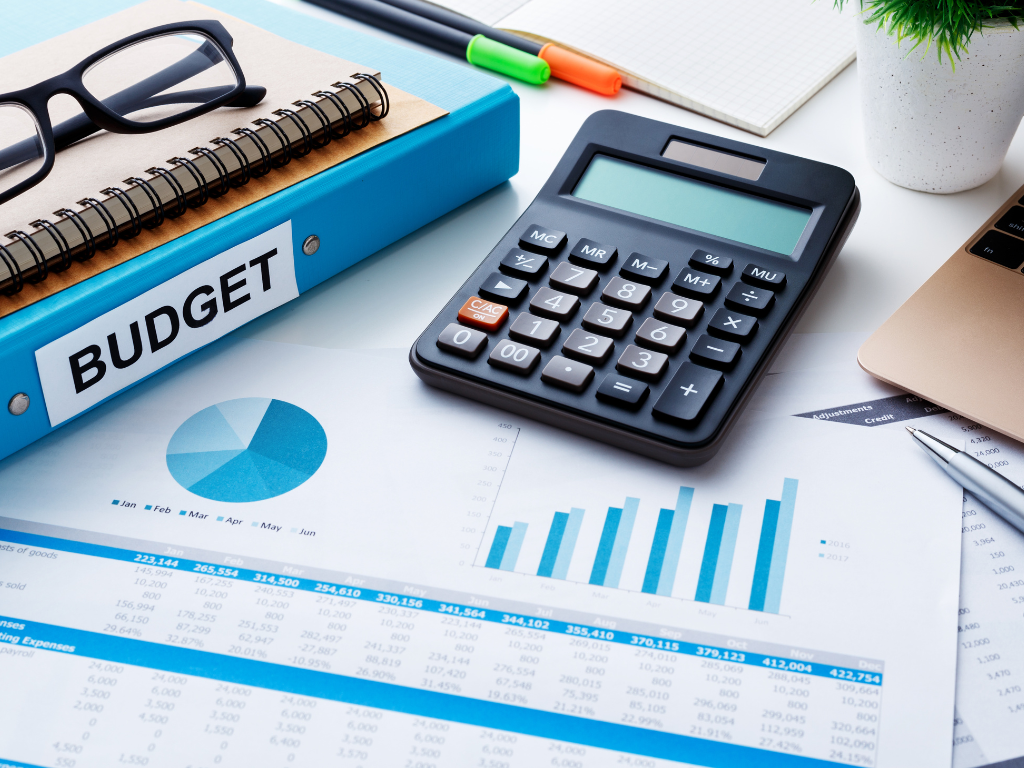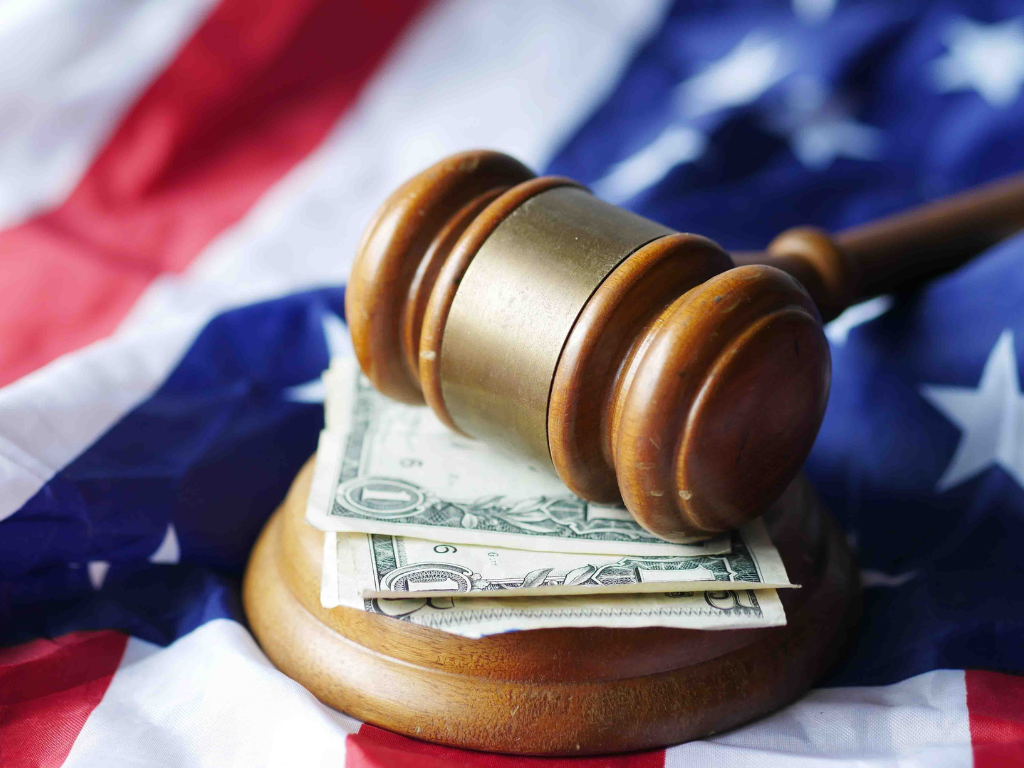Key Points
- An emergency fund is a financial buffer that helps firms cover payroll, materials, and obligations when disruptions strike.
- Planning for multiple scenarios and sizing reserves appropriately makes businesses more resilient.
- Use new opportunities, like those in the One Big Beautiful Bill, to strengthen your financial position and fund future growth.
Navigating Financial Uncertainty with Clarity
For business owners—especially in construction—uncertainty is now the rule rather than the exception. Inflation, supply chain disruptions, labor shortages, higher insurance costs, and more frequent severe weather events create a volatile environment. Meanwhile, federal incentives are spurring new manufacturing, infrastructure, and energy projects, adding opportunity and increasing resource competition.
In times like these, stability depends on more than revenue projections or quick fixes. A long-term financial vision provides the structure to weather disruptions while taking advantage of growth. At the center of that vision is a disciplined emergency fund.
Why Is an Emergency Fund Non-Negotiable?
Construction projects are uniquely vulnerable to setbacks. A subcontractor may close its doors mid-project, a storm can halt progress for weeks, or material costs may spike overnight. These events can quickly threaten payroll, delay deliverables, and weaken client confidence without reserves.
An emergency fund provides the cushion you need to keep operating through turbulence. It ensures bills are paid, employees stay on payroll, and your reputation remains intact. Just as importantly, liquidity buys you time to respond strategically instead of scrambling for costly financing or making short-term cuts that damage long-term goals.
How Much Should You Set Aside in an Emergency Fund?
There’s no single formula, but several benchmarks can guide your planning:
- Three to six months of operating expenses: A widely recommended baseline.
- Two to four months of payroll and essentials: Ensures workforce stability.
- Ten to fifteen percent of annual revenue: A straightforward revenue-based rule.
- Twelve to eighteen months of operating costs: A conservative target for firms with longer cycles or higher risk.
Many firms combine these approaches, maintaining a payroll cushion while building a broader reserve. The key is consistency—treating contributions like any other required expense rather than something optional.
How Do You Prepare for the Unknown in Business?
Strong firms don’t try to predict every economic twist—they plan for multiple outcomes. Scenario planning helps you test resilience. Ask:
- What if revenue drops 15 percent?
- What if material prices rise 20 percent?
- Could we cover payroll if a major client delays payment?
Answering these questions in advance creates clear playbooks and reduces the chance of reactive decisions. Pair this with operational flexibility—such as diversifying suppliers, negotiating stronger contracts, or cross-training staff—to keep projects on track when conditions shift.
How Can Growth Periods Strengthen Your Safety Net?
Periods of strong demand bring opportunities, but also challenges. Rising wages, supply chain constraints, and insurance costs can quickly erode margins. The construction sector 2025 is experiencing a surge in projects driven by federal incentives, but this activity may also increase financial strain.
Use growth periods to build your reserves rather than investing every dollar into expansion. A strong emergency fund enables you to bid confidently on larger projects and make smart investments without risking your stability.
What Role Does the One Big Beautiful Bill Play?
The One Big Beautiful Bill Act (OBBBA), signed in July 2025, offers businesses meaningful opportunities to strengthen their financial position. It restores 100 percent bonus depreciation, allows immediate expensing of research and development costs, and permanently extends the 20 percent pass-through deduction.
For construction firms, these changes improve cash flow and make investing in new equipment and technology easier while still setting aside funds for reserves. With increased project demand expected from OBBBA, maintaining a strong emergency fund becomes even more critical to manage labor and supply chain pressures without jeopardizing financial health.
Building a Vision That Lasts
A long-term financial vision is about resilience, not reaction. By maintaining a healthy emergency fund, testing your strategy through scenario planning, and wisely reinvesting tax savings, your firm can remain strong regardless of the economic climate. Uncertainty is here to stay, but you can turn volatility into opportunity with a well-built reserve.
Frequently Asked Questions (FAQs)
- How much should my construction firm keep in an emergency fund?
Aim for at least three to six months of operating expenses. Firms with longer project cycles or higher risk may benefit from 12–18 months of reserves. - What expenses should an emergency fund cover?
Payroll, essential operating costs, unexpected repairs, legal fees, and cash flow gaps from delayed client payments. - How often should I review my reserves?
At least twice a year, and whenever your revenue patterns, project mix, or cost structure change. - How can I grow an emergency fund without slowing growth?
Automate monthly contributions, treat reserves like a fixed cost, and keep most cash liquid while investing a portion conservatively.
Treasury Circular 230 Disclosure
Unless expressly stated otherwise, any federal tax advice contained in this communication is not intended or written to be used, and cannot be used or relied upon, for the purpose of avoiding penalties under the Internal Revenue Code, or for promoting, marketing, or recommending any transaction or matter addressed herein.
 Home
Home Sign In
Sign In Make a Payment
Make a Payment Search
Search

